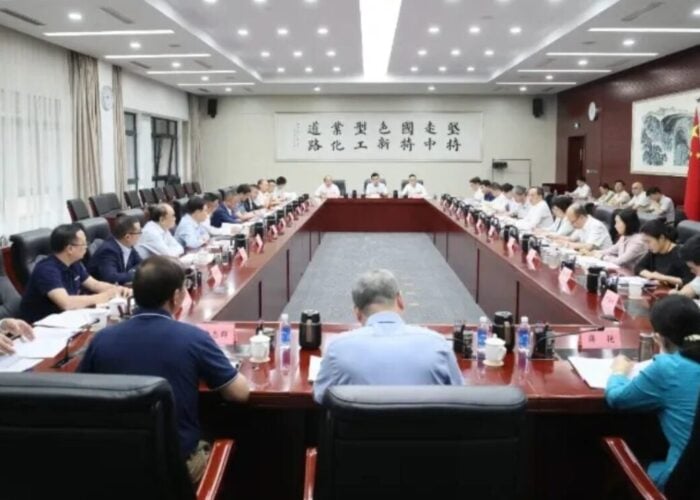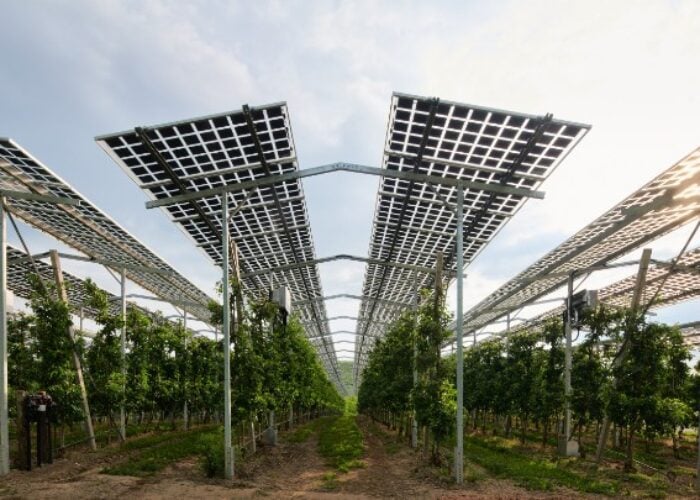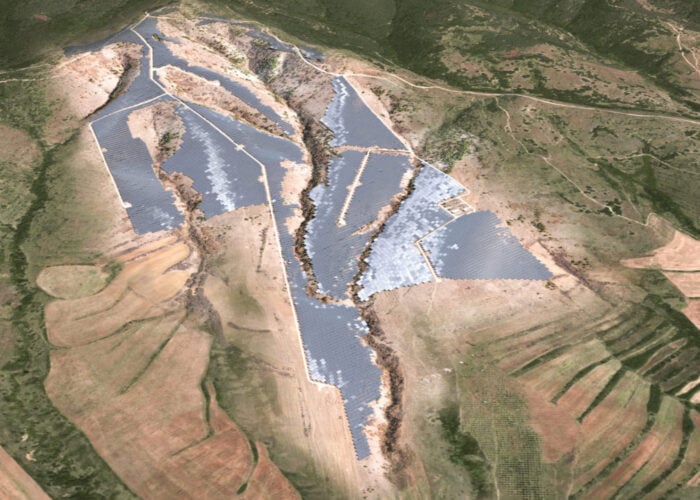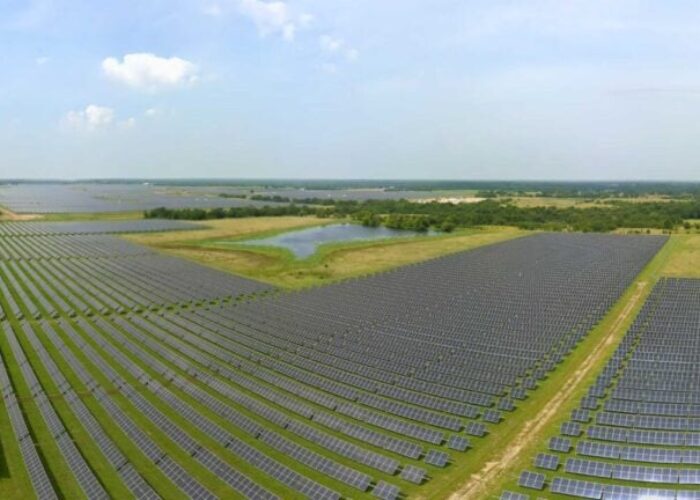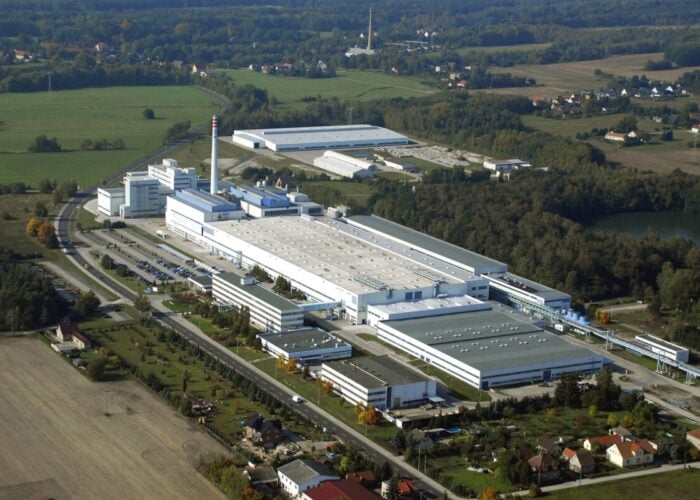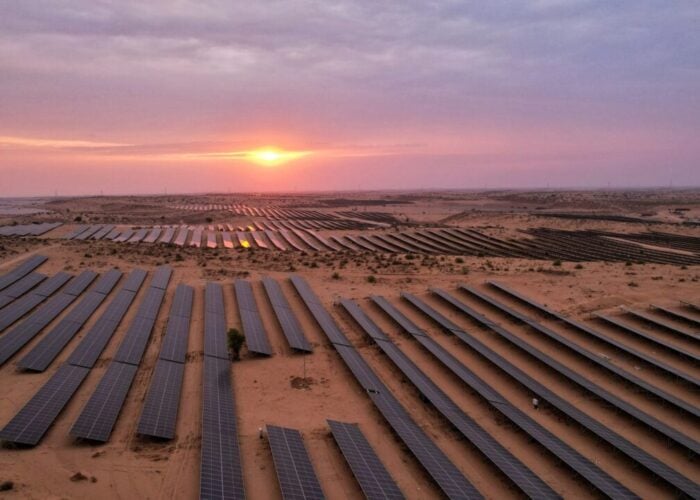Third-quarter results from Hanwha SolarOne echoed pricing pressure and weak demand – especially from Germany – that led to margin pressure, inventory write-downs and losses. Hanwha SolarOne reported US$225.4 million in revenue, a decrease of 20.1% from 2Q11 when revenue reached US$277.1 million. The company recorded a non-cash inventory write-down of US$30.6 million and a net loss of US$46.4 million.
Management noted in a conference call to discuss quarterly results that market conditions had forced the company to take several key actions to limit losses and preserve cash. A reduction in manufacturing capacity had been put into action, which would include a workforce reduction through natural attrition.
Unlock unlimited access for 12 whole months of distinctive global analysis
Photovoltaics International is now included.
- Regular insight and analysis of the industry’s biggest developments
- In-depth interviews with the industry’s leading figures
- Unlimited digital access to the PV Tech Power journal catalogue
- Unlimited digital access to the Photovoltaics International journal catalogue
- Access to more than 1,000 technical papers
- Discounts on Solar Media’s portfolio of events, in-person and virtual
Hanwha SolarOne will also reduce 2012 capital expenditure and focus spending on the retro-fit of certain lines to improve cell efficiencies while putting on hold planned capacity expansions, according to Sungsoo Lee, chief strategy officer and board secretary at Hanwha SolarOne.
Lee described the focus on higher performance cell production as a transition away from “'plain vanilla’ PV crystalline modules with little differentiation.”
“We believe going forward, it will be necessary to take a more systems view of our product incorporating additional components such as inverters, batteries and systems management and capturing some of the profit potential further down the value chain,” added Lee.
Part of this new strategy included partnerships with Zep Solar on mounting systems and integrated microinverters with Enphase.
Sales in the third quarter were impacted by weaker than expected demand in Germany, which has proved to be Hanwha’s strongest market. In the quarter, Germany made up 45% of total shipments an increase of 21% over the last quarter.
The importance of China as a new emerging market was also emphasized as shipments increased from 4.4% in Q2 to 7% in Q3.
Hanwha management noted that sales increased in India (5%) and Korea (2%), largely as a result of higher demand triggered by new government incentives.
Manufacturing cost reduction
Hanwha reported that the average polysilicon cost for the third quarter fell to US$56.5 per kilogram falling from an average of US$74 kilogram in the previous quarter. Management noted that it expected polysilicon pricing to decline in the first quarter in the range of US$30 to US$35/kg.
Production costs using internal wafers and cells fell from US$1.32 to US$1.13. The fall in the price of polysilicon and continued cost reduction initiatives were said to be responsible for the improvements. Hanwha said that in September its in-house costs were about US$1.10 with US$0.33 for silicon and US$0.77 for non-silicon.
Hanwha reported non-poly processing cost for a standard multi module had reached US$0.74 a watt by the third quarter’s end. However, lower utilization levels would negatively impact cost reduction gains.
Cost reduction plans included material consumption reduction and replacement on better pricing as well as targeting lower wafer/cell breakage rates and focus on higher cell and module output. The company also noted efforts targeted at more efficient uses of slurries, wire saws and silicon blending.
On the subject of higher cell efficiencies, management noted that the company was moving forward to meeting cell efficiency goals of 19% on monocrystalline wafers and mid-17% conversion efficiencies for multicrystalline wafers by the year end of 2012.
Guidance
Hanwha noted in the call that it had previously expected full-year shipments to reach 1GW, however due to the change in market dynamics, 655MW had been shipped in the first nine months and therefore continued weak demand meant it had revised down its shipment guidance to between 815MW and 835MW. Fourth-quarter shipments were therefore guided to be between 160MW and 180MW.

